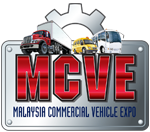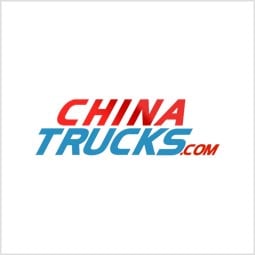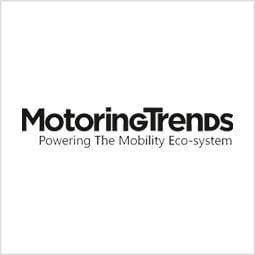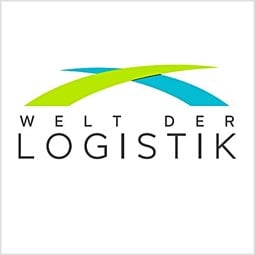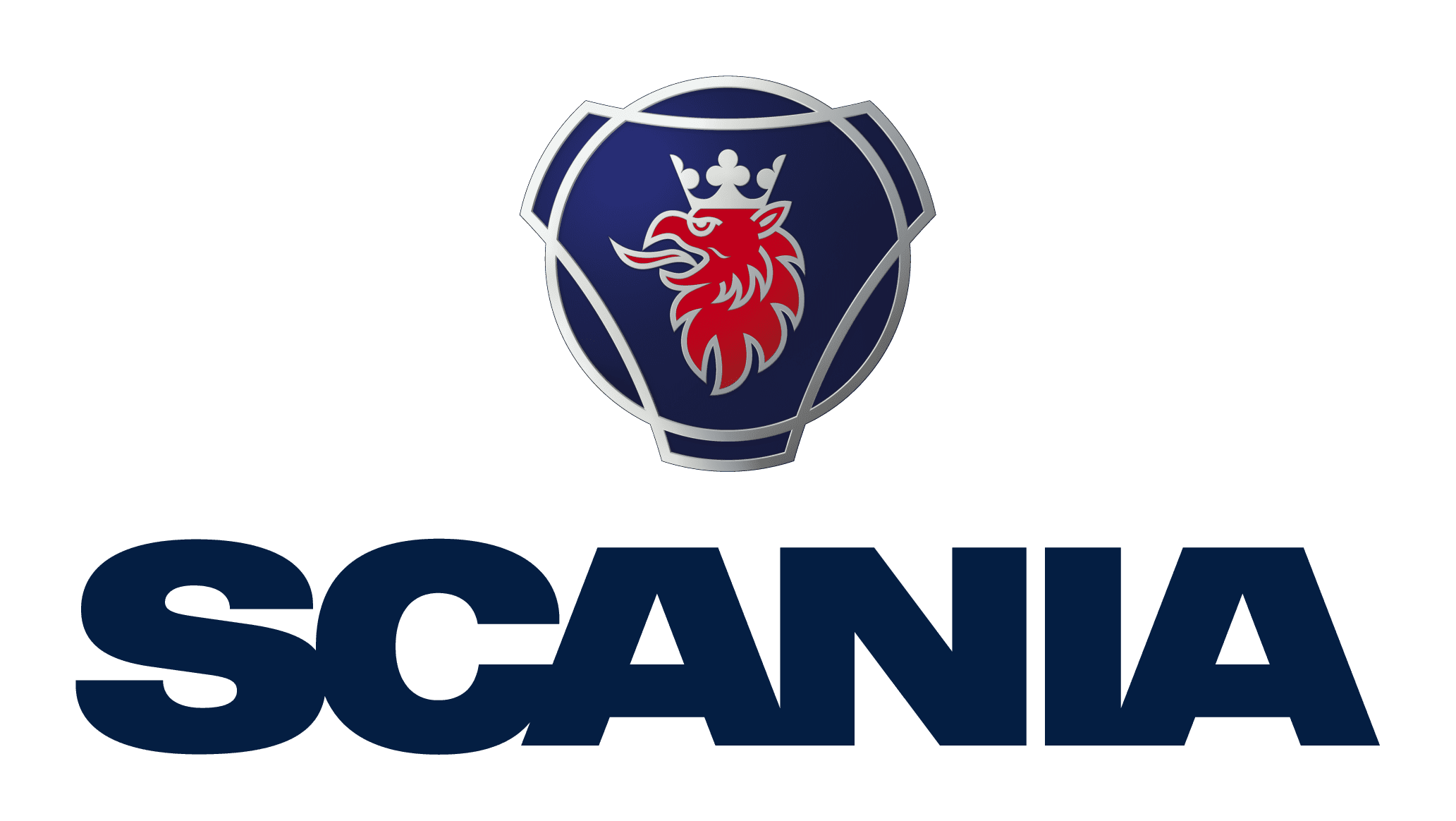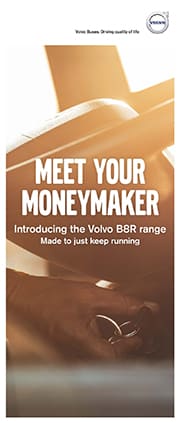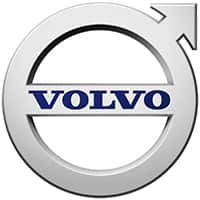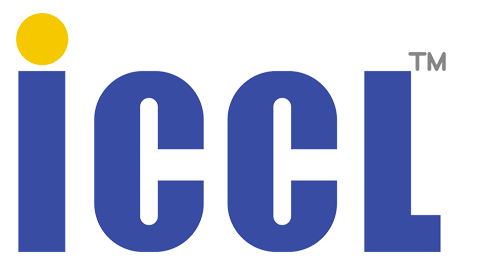Road safety is a global concern
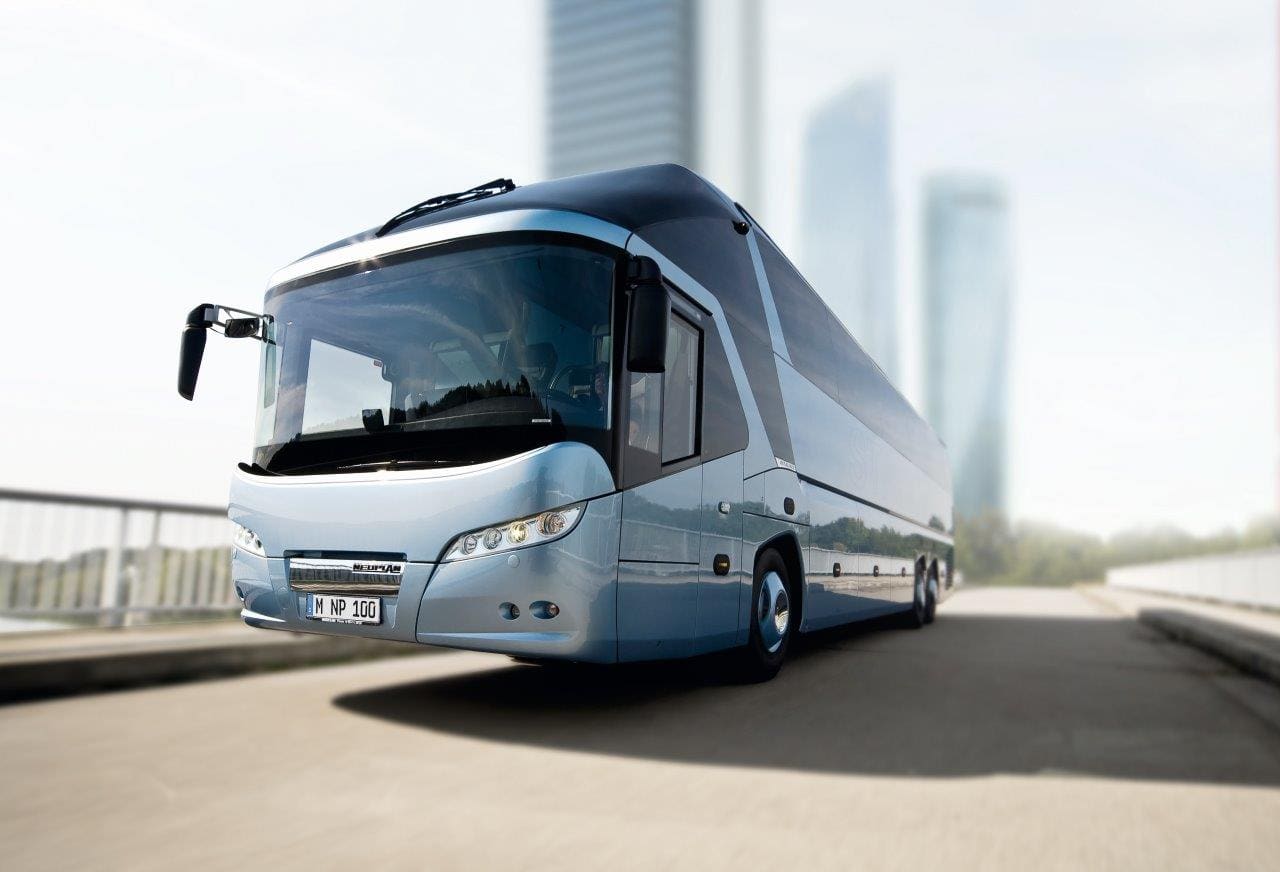 MAN travels international roads and Managing Director of MAN Bus & Truck Malaysia, Hartmut Mueller shares insights into how we are going to ride safer in the future with buses from Germany.
MAN travels international roads and Managing Director of MAN Bus & Truck Malaysia, Hartmut Mueller shares insights into how we are going to ride safer in the future with buses from Germany.
With a career spanning three decades in trucking, Mueller is poised to bring some new ideas to Malaysia. "You need to excite customers about your vehicles! How are you going to achieve that if they cannot test drive them? This is something very common in Europe, but isn't practiced here" is one of the many insights he shares with us and his colleagues.
Today he is looking back at some 12 years with MAN, which he joined after his stint at Iveco. He headed the Munich Centre, taking care of some 25 factory outlets and workshops. Having been successful with that, he was then invited by the board to be the head of world-wide Sales-Steering . In 2011 – 2012 he went to Paris, to head one of the biggest MAN companies in Europe, MAN France as COO .The last station before coming to Malaysia was the post of Head of International Key Accounts. Such customers make up some 10-15 % of MAN's total turnover and are therefore highly important.
AT: Can you share a bit about the history of MAN vehicles, the trucks and buses that take goods and people around the world?
HM: The company was founded in 1758 and the first truck was produced in 1915. Our first bus was launched in 1923, shortly after the truck. What is interesting to note is that the Diesel engine was invented in 1897, so it has taken very little time for industrialists to see beneficial uses of this invention.
MAN origins can be traced back to two different industries: an ironwork factory, St. Antony, founded in 1758 and a machine factory which was founded in 1840 and was then called Sandersche Machine Factory. In 1921, these two lines merged into what is now known as MAN. Volkswagen took over the company in 2013.
MAN stands for industrial innovations and we have been traditionally market leaders in several segments. Some noteworthy ones are ship engines with up to 100 000 horse power, printing machines, power generators and cranes. As we have played a vital part in the post World-War II era, we are proud to say without MAN the development of the German industry would not have been as swift and successful as it happened.
AT: How about in Malaysia? MAN Buses are often seen on the road, and we understand that Pasarana uses 150 MAN buses. Can you share with us the reasons why MAN buses are very popular in Malaysia?
HM: In Malaysia we are offering engine variants from 280 - 460 HP, covering the main applications for transportation in the heavy vehicle segment. Our chassis are between 10 and 12 meters long and will be configured to the needs of each customer. Besides a good image, our products are having a high level of durability. There are 24-Hour Rescue teams on stand-by to assist with any urgent repairs in case of a breakdown.
Our vehicles are build with low consumption and high efficiency in mind. For bus operators, this translates into a low Total Cost of Ownership, paired with the confidence that there is a solution in case of a breakdown.
AT: In terms of technology, are there any special features on MAN buses, especially in Europe? Are there any differences as compared to the buses and coaches in Malaysia?
HM: Yes, there are some fundamental differences. For example here we are using engines with Euro 2 specifications, whereby in Europe we are already selling Euro 6. In Malaysia we are running a CKD production, requiring body builders to complete the bus. In Europe you can get the complete bus from us.
Besides that, in Europe we are market leaders in various fuel technologies, such as gas, biogas and Hybridbuses. Furthermore, we offer driver assistance systems, which are fully accepted in the market.
AT: As our topic is about coach safety, and is one of the issues that keeps cropping up, especially after an accident, can you tell us more about coach safety in Europe, in terms of design, seat belts, driver’s training?
HM: There are two aspects to this. One is the technical specification of the vehicle. All our buses or coaches are designed according to the EG or ECC norms in terms of roll over tests and a range of crash tests. All our assistance systems in MAN chassis are deliverable to Asia. Then we fit seat belts for the safety of passengers.
The other aspect is the driver. MAN offers special driver training in order to ensure that the bus captains safely operate the vehicle. This goes beyond the drivers license that they have to pass. What we have is an ongoing training program with seven modules, including technology and fuel efficient driving. We teach the theory, but also do practical sessions.
AT: Do you think the road conditions are a factor in road safety? Is there a difference in highways around the world?
HM: Yes, there are certainly differences in the highways around the world. For example, in Germany you have to build roads that withstand frost, snow and ice and at the same time can take heat. Our summers can get hot too! You may find roads that are winding up a mountain, or long straight flat highways. Each will pose a different challenge for the driver as they navigate these roads.
The surface of the roads play an important role as well as they influence braking behavior or steering. Signage is another issue. You need to mark dangerous sections of roads. In many countries lighting the highways is an issue. There are many aspects as we can see. What it takes are basically three components to road safety: safe roads, vehicles with the latest in safety features and a well trained and safety conscience driver.
Technical innovations always lead to significant reduction of accidents. We are looking into a lot of things at MAN to improve the safety on board or buses. There are lane departure warning systems, overtake warning systems and automatic braking systems we are continuously working on. We are now at stages where brake warning systems would not only warn a driver but actively break the vehicle.
Some advanced systems even offer a birds-eye view of the surroundings of a bus to allow a driver to see what is happening around the bus and to avoid any blind spots











